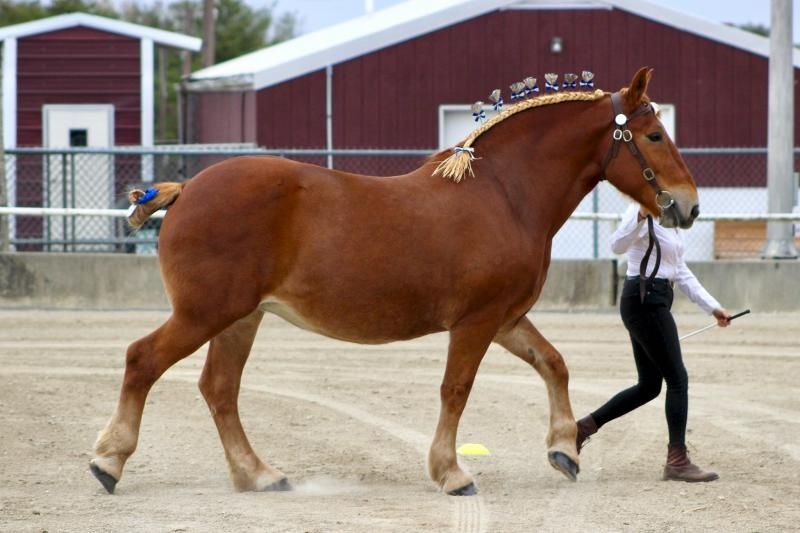Cover image from the North American Suffolk Horse Association sale page
The Suffolk Punch is a draft breed that comes from Great Britain. Mainly used for pulling, this heavy breed is commonly seen working on farms and pulling carriages. The origins of this breed go back all the way to the 16th century!
What Is The Suffolk Punch Draft Horse?
The Suffolk Punch Draft Horse is a draft breed that originated in Great Britain. These horses are considered a heavy draft breed and are primarily used for heavy work such as pulling carriages and plows. Unlike most other breeds, the Suffolk Punch can only come in chestnut, with Sorrel the primary color. Unique for draft breeds, the usually thick feathering on their feet is minimal which helps to keep their legs clean when working in the thick clay-like soil of some farms.
How Big Is The Suffolk Punch Draft Horse?
The Suffolk Punch is a big horse overall and stands between 16 and 16.3 hands high on average. Some large horses of the breed, primarily males, are known to stand even higher!
These large horses are extremely heavy from their thick heavy build and tons of muscle. Usually, Suffolk Punch horses weigh between 1,400 and 2,100 pounds making them one of the heaviest and most powerful horses in the world.
What Colors Can Suffolk Punch Horses Be?
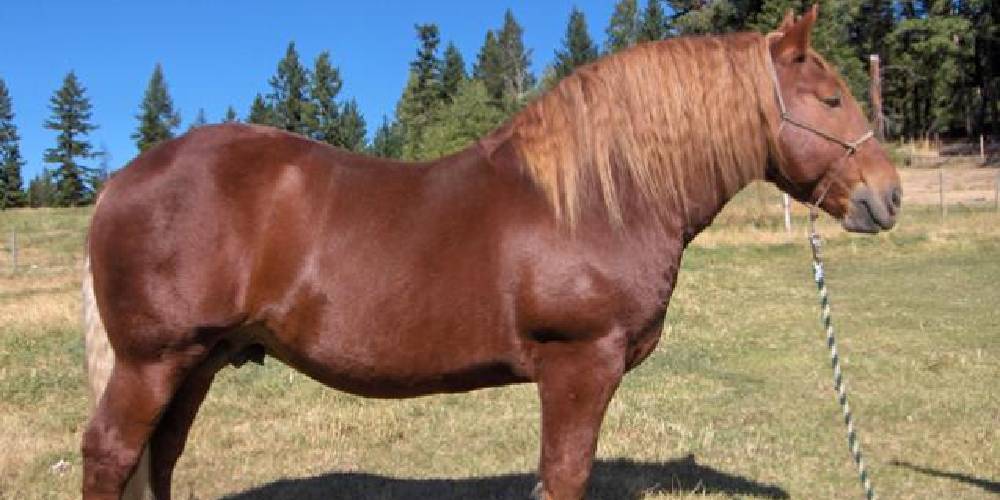
Actually, believe it or not, the Suffolk Punch only comes in chestnut! The most common shade of chestnut that these horses are seen in is sorrel which is a copper tan shade of chestnut. A Suffolk Punch that is seen in any other color is not allowed to be considered a purebred and cannot be registered as a pure chestnut.
The History Of The Suffolk Punch Draft Breed
This breed originated in East Anglia which is a region in Eastern England that hold the historic counties of Norfolk and Suffolk. The breed, once developed, has remained nearly the same as it was when it was first created. Still, the breed is being bred and further developed in England where it was first created.
This breed can be traced back all the way to the year 1506. Old writers at the time referred to the Suffolk Punch as the Old Breed.
Every single Suffolk Punch in history can be traced back to a horse known as Crisp’s Horse of Ufford. This stallion was born on the year 1760 and was one of the only known influential founding stallions of the more modern Suffolk Punch Draft Horse.
There are three heavy draft breeds that were developed and originate in Great Britain. One being the Suffolk Punch, and the other two being the Shire and the Clydesdale. The Suffolk Punch is heavier built than both of the other breeds though shorter and more compact.
The main use of this horse, both back then and today, was for farm work and pulling. Today, this is still the Suffolk Punch’s specialty.
How To Identify The Suffolk Punch
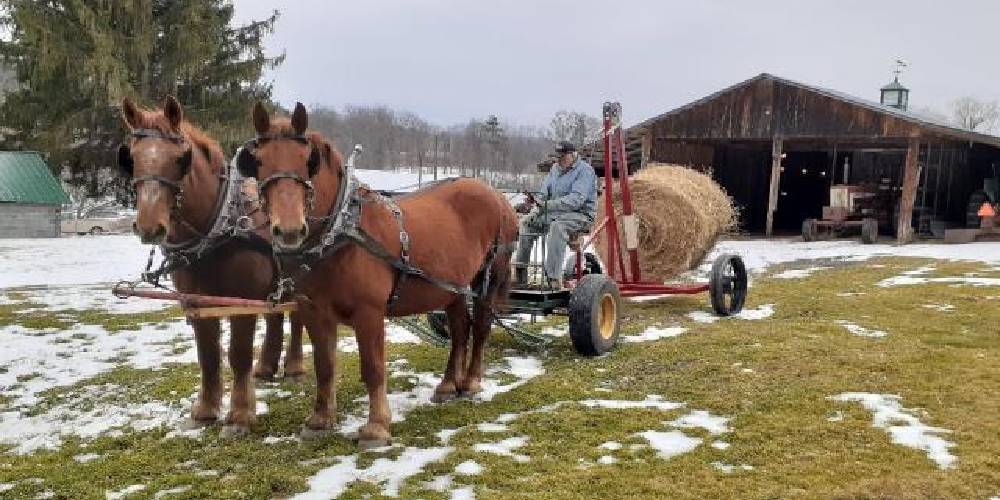
Head
The head of the Suffolk Punch is more convex than concave in profile and is notably more Roman. Their head is a nice size in relation to its body and their eyes are soft and kind: a reflection of their temperament.
Legs
Because these horses were bred in Eastern England in the Anglian region, they have minimal feathering on their legs. The reason their legs are like this is because in Suffolk and the Anglian region, the farm soil is thick and clay-like and would stick to a horse’s long feathers. Having short and minimal feathering let the horse’s legs remain cleaner and the muddy soil wouldn’t stick to their legs as much.
Size
The Suffolk Punch is built massively. Its thick strong body is enormous and it is also fairly tall. This being said, the impressive size of this horse is one way to tell them apart from other horses.
Color
As I said before, the Suffolk Punch can only be chestnut and is primarily seen as sorrel.
What The Suffolk Punch Excels In
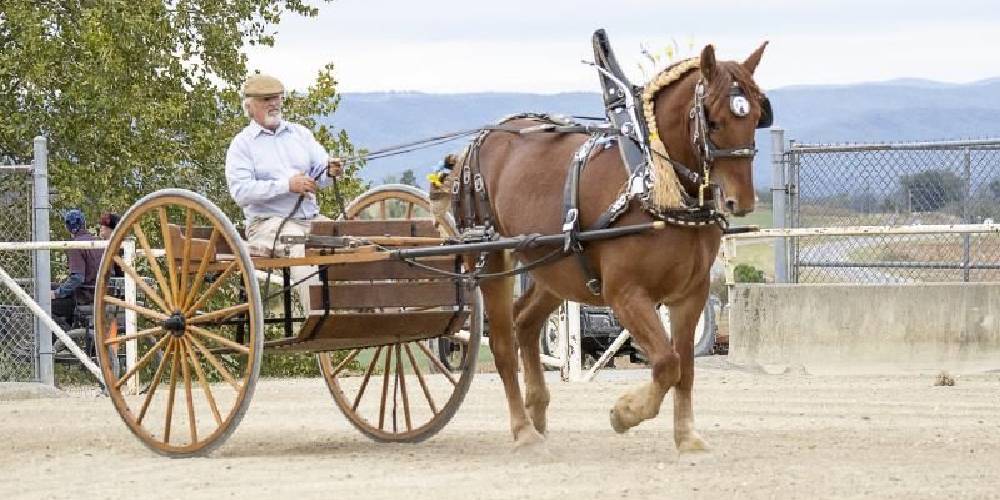
Pulling
The main use for the Suffolk Punch is to pull carts, wagons, carriages, and other equipment. Their willingness and impressive strength make them an ideal pulling candidate as they will happy do what is asked of them.
Sometimes, teams of Suffolk Punches would be used in logging. These horses are so determined that some would even get on their knees in such effort to do what they needed to do.
Farm Work
Because of their willingness to work and desire to please, they make great farm horses. They do great in front of a plow or pulling carts.
How Long Do Suffolk Punch Draft Horses Live?
Suffolk Punches live to be around 25 to 30 years of age. This is above average for a draft horse and they may even live longer if they’re well taken care of.
One of the things this breed is well known for is its ability to thrive off of hardly anything and still work extremely hard. This horse can survive off the most meager of rations longer than any other horse could which is impressive, especially when looking at their size.
Fun Facts On Suffolk Punch Draft Horses
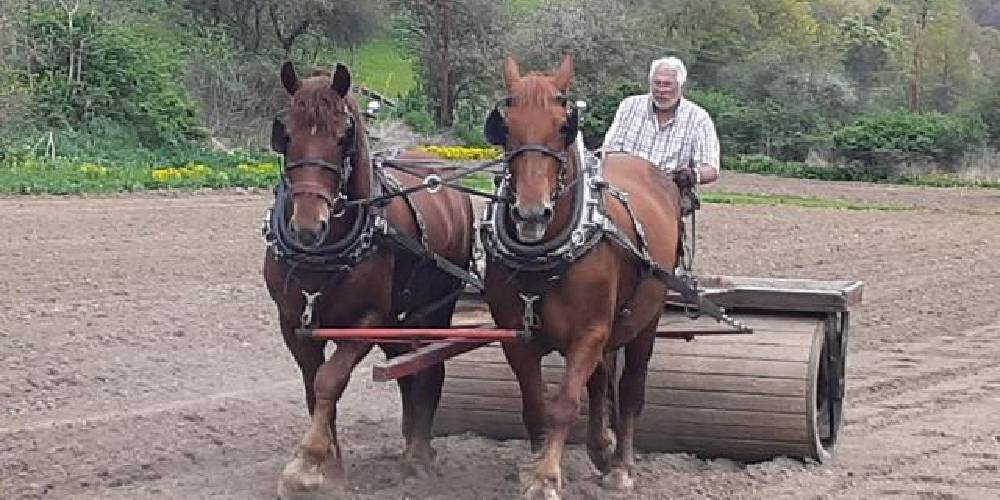
- The Suffolk Horse Society was established by a man names Herman Biddell
- The first Suffolk Punch studbook was published in 1880
- This breed matures faster than most other breeds
- Back then, this breed was one of the most popular breeds to be used in strength contests and still will dominate other breeds when put to the test
- Though Suffolk Punches can have white markings, the Suffolk Horse Society discourages markings
- The Suffolk Horse Society recognizes 7 shades of chestnut that this breed can be seen on.
FAQs On This Breed
How much does a Suffolk Punch cost?
The breed is more common to see in the United States, therefore making it cheaper in the U.S. than anywhere else. In the United States, you can get a Suffolk Punch for between $5,000 and $15,000 depending on age, conformation, and pedigree.
Are Suffolk Punches rare?
Yes, they are known to be critically endangered in their homeland of East Anglia and England. There is only around 300 left in that part of the world.

